1. Check in regularly – communication tips for all experience levels
The frequency of check-ins will vary depending on your experience, but staying in touch is always important.
- For newer drivers, frequent communication helps you get comfortable with your routes and responsibilities.
- For experienced drivers, consistent but less frequent updates – even as simple as a quick email or text – can maintain alignment.
Adria Funston, fleet manager (LEAD), explains, “It’s important to ask questions instead of assuming, especially on specialized accounts like pharma. Even small mistakes can have a big impact, so clarifying is always better than guessing.”
Make check-ins a habit, even when there’s nothing urgent, to build a strong working relationship.
2. Stay organized during busy weeks
When things get hectic, being proactive can save the day. Frequent communication helps avoid misunderstandings during high-pressure times.
Here’s how to stay on top of your communication game during hectic weeks:
- Plan ahead – Notify your driver-manager early if you anticipate delays or challenges on the road
- Use multiple communication channels – If you can’t get through on the phone, send a text or email so key updates don’t get lost
- Be clear and detailed – Provide all relevant details in your messages to save time and avoid unnecessary back-and-forth
“If you’re worried about something coming up, let me know ahead of time,” Funston says. “I’d rather get five calls about the same issue now than find out later there was a misunderstanding.”
“If you’re worried about something coming up, let me know ahead of time.”
3. Build relationships with the after-hours team
Dealing with after-hours dispatch teams can feel tricky since they may not know you as well as your usual team. However, these teams can still be essential to keeping things running smoothly.
Funston advises, “Build relationships with the after-hours staff so you’re comfortable reaching out to them when needed. They’re there to help.”
Take the time to familiarize yourself with the after-hours team. The more you work with them, the easier it will be to solve issues outside normal hours.
4. Follow up after missed calls
Missed calls can happen – phone lines get tied up, and schedules can be chaotic. If your driver-manager doesn’t pick up, don’t leave things unresolved.
Funston suggests, “A follow-up text or email ensures I know what you need and can help faster.”
Communicate promptly through other channels to ensure nothing gets overlooked. Persistence is key to resolving issues efficiently.
“A follow-up text or email ensures I know what you need and can help faster.”
5. Be transparent with potential issues
Transparency builds trust and helps prevent small problems from escalating.
- Notify your driver-manager about maintenance issues, trip delays or other challenges early on
- Share potential concerns, even if the issue hasn’t happened yet – your driver manager will appreciate your proactivity
“Let me know what’s going on, and I’ll do my best to help find a resolution,” says Funston. Being proactive and communicative shows you’re a team player and helps keep things running smoothly.
“Let me know what’s going on, and I’ll do my best to help find a resolution.”
6. Engage actively in communication
Strong partnerships require active engagement. Stay responsive and aligned with your driver-manager’s expectations by:
- Reading messages carefully
- Responding promptly to texts or emails
- Acting on instructions to ensure you remain compliant and operational
This level of engagement shows professionalism and keeps your routes and assignments running without unnecessary hiccups.
7. Show initiative and problem-solve
Taking initiative demonstrates leadership and commitment to your role. If you notice areas for improvement or encounter potential issues, speak up.
For example:
- Suggest ways to improve efficiency based on your road experience
- Flag concerns or bring up ideas to streamline communication
This shows your driver-manager you value the partnership and are invested in mutual success.
8. Foster a foundation of trust
Trust is the backbone of any successful working relationship. Funston explains, “Trust starts with consistency. If you’re proactive – like planning your PTO or responding to messages – it builds confidence in the partnership.”
Small actions, like keeping your manager informed and being reliable, build trust over time. They also create a working atmosphere where both parties feel respected and valued.
Why it matters
Your driver-manager isn’t just overseeing your payroll and routes – they’re your partner in success. A positive relationship can make all the difference, from resolving breakdowns faster to maintaining stress-free operations.
“A strong relationship benefits everyone,” says Funston. “It ensures you feel comfortable reaching out during challenges, and we can resolve issues faster.”
“A strong relationship benefits everyone.”
By following these tips, you’ll strengthen your communication skills and partnership, paving the way for a rewarding career on the road.
Want to see what a strong driver-manager relationship looks like in action? Meet Lisa Seipel, a CRST Fleet Manager who’s been supporting drivers for 25 years – helping them navigate challenges, build careers and feel like part of the team CRST.





